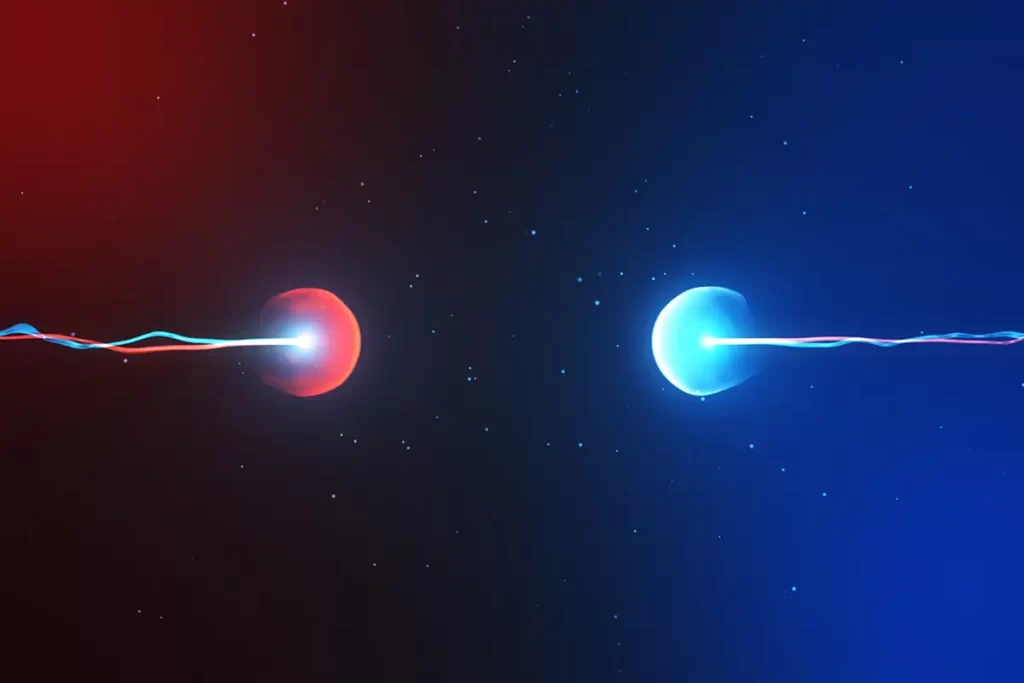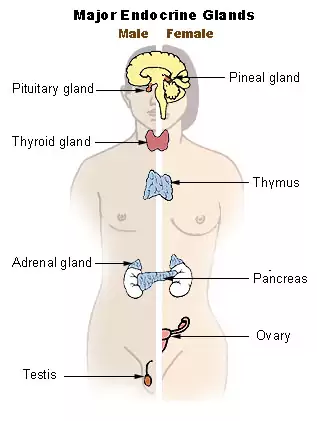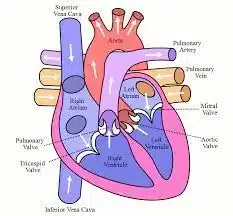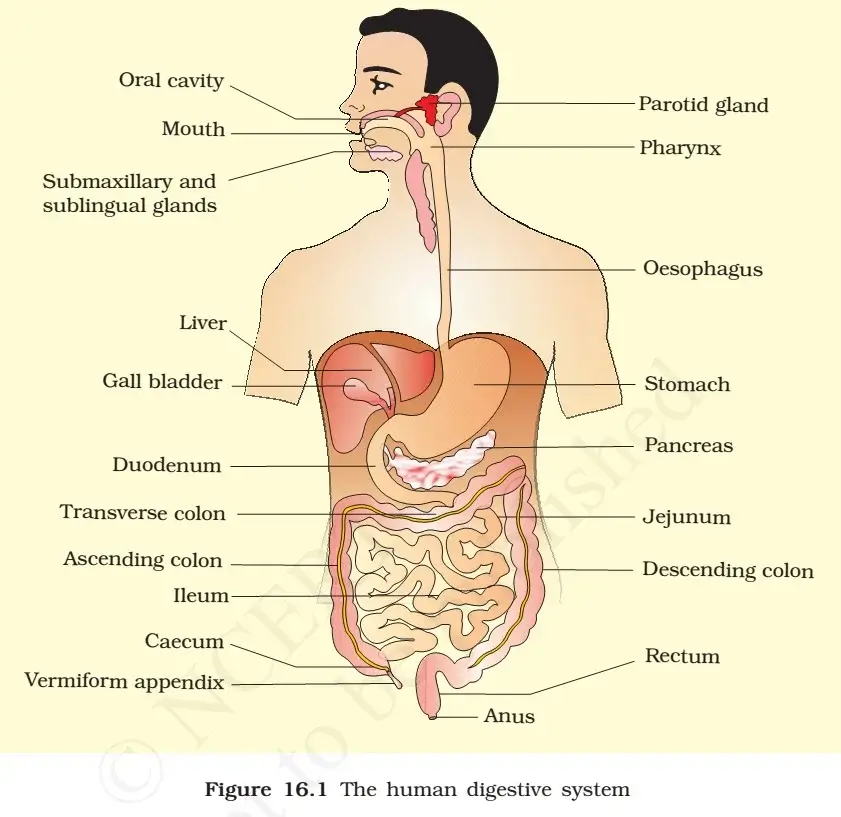Introduction about DNA
DNA is an abbreviation of deoxyribonucleic acid. It is an organic chemical of complex molecular structure that is found in all prokaryotic and eukaryotic cells and in many viruses. DNA codes genetic information for the transmission of inherited traits.
- There is DNA in the nucleus of every cell. DNA carries genetic information. It has all the instructions that a living organism needs to grow, reproduce and function.
- Most DNA is located in the cell nucleus (where it is called nuclear DNA), but a small amount of DNA can also be found in the mitochondria (where it is called mitochondrial DNA or mtDNA).
- Mitochondria are structures within cells that convert the energy from food into a form that cells can use.
- The information in DNA is stored as a code made up of four chemical bases: adenine (A), guanine (G), cytosine (C), and thymine (T).
- The order, or sequence, of these bases, form the instructions in the genome.
- Human DNA consists of about 3 billion bases, and more than 99 percent of those bases are the same in all people.
- The order, or sequence, of these bases determines the information available for building and maintaining an organism, similar to the way in which letters of the alphabet appear in a certain order to form words and sentences.
- DNA bases pair up with each other, A with T and C with G, to form units called base pairs.
- Each base is also attached to a sugar molecule and a phosphate molecule.
- Together, a base, sugar, and phosphate are called a nucleotide.
- Nucleotides are arranged in two long strands that form a spiral called a double helix.
- The structure of the double helix is somewhat like a ladder, with the base pairs forming the ladder’s rungs and the sugar and phosphate molecules forming the vertical sidepieces of the ladder.
- An important property of DNA is that it can replicate, or make copies of itself.
- Each strand of DNA in the double helix can serve as a pattern for duplicating the sequence of bases.
- This is critical when cells divide because each new cell needs to have an exact copy of the DNA present in the old cell.
- Genes are short sections of DNA. Genes carry information for particular characteristics, such as ear shape or eye colour. Different sets of genes carry information for different characteristics. There are many genes in a chromosome.
- In a cell nucleus, DNA is organised into coiled strands called chromosomes.
- Humans have 46 chromosomes in each cell. The fruit fly has only 8 chromosomes and is often used to study patterns of inheritance, while red king crabs have a whopping 208!
- Half the chromosomes are inherited from one parent and half from the other. As humans, therefore, we have 23 chromosomes from each parent.
- This explains why organisms can share characteristics from both parents. A child, for example, might have red hair like their dad and long fingers like their mum.
How do forensic scientists use DNA?
- Every human has unique DNA (except for identical twins who share the same DNA, as they both came from the same initial cell). Forensic scientists use the unique nature of DNA to help catch criminals.
- They collect human cells left at a crime scene, perhaps from blood, saliva or hair. The forensic scientists then extract DNA from the cells, analyse it and make a DNA profile.
- The DNA profile is then checked against a database of other profiles. If there is a match, it could be used as evidence.
- Deoxyribonucleic acid (DNA) is a molecule that contains the biological instructions that make each species unique. DNA, along with the instructions it contains, is passed from adult organisms to their offspring during reproduction.
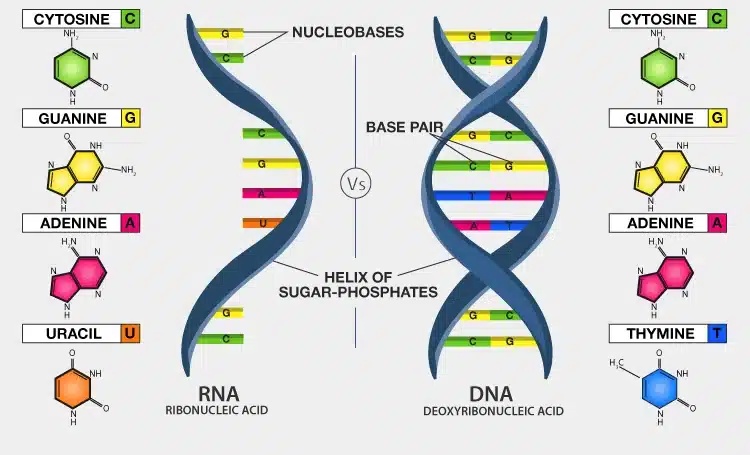
Where is DNA found?
- In organisms called eukaryotes, DNA is found inside a special area of the cell called the nucleus. Because the cell is very small, and because organisms have many DNA molecules per cell, each DNA molecule must be tightly packaged. This packaged form of the DNA is called a chromosome.
- During DNA replication, DNA unwinds so it can be copied. At other times in the cell cycle, DNA also unwinds so that its instructions can be used to make proteins and for other biological processes. But during cell division, DNA is in its compact chromosome form to enable transfer to new cells.
- Researchers refer to DNA found in the cell’s nucleus as nuclear DNA. An organism’s complete set of nuclear DNA is called its genome.
- Besides the DNA located in the nucleus, humans and other complex organisms also have a small amount of DNA in cell structures known as mitochondria. Mitochondria generate the energy the cell needs to function properly.
- In sexual reproduction, organisms inherit half of their nuclear DNA from the male parent and half from the female parent. However, organisms inherit all of their mitochondrial DNA from the female parent. This occurs because only egg cells, and not sperm cells, keep their mitochondria during fertilization.
What is DNA made of?
- DNA is made of chemical building blocks called nucleotides. These building blocks are made of three parts: a phosphate group, a sugar group and one of four types of nitrogen bases. To form a strand of DNA, nucleotides are linked into chains, with the phosphate and sugar groups alternating.
- The four types of nitrogen bases found in nucleotides are: adenine (A), thymine (T), guanine (G) and cytosine (C). The order, or sequence, of these bases determines what biological instructions are contained in a strand of DNA. For example, the sequence ATCGTT might instruct for blue eyes, while ATCGCT might instruct for brown.
- The complete DNA instruction book, or genome, for a human contains about 3 billion bases and about 20,000 genes on 23 pairs of chromosomes.
What does DNA do?
- DNA contains the instructions needed for an organism to develop, survive and reproduce. To carry out these functions, DNA sequences must be converted into messages that can be used to produce proteins, which are the complex molecules that do most of the work in our bodies.
- Each DNA sequence that contains instructions to make a protein is known as a gene. The size of a gene may vary greatly, ranging from about 1,000 bases to 1 million bases in humans. Genes only make up about 1 percent of the DNA sequence. DNA sequences outside this 1 percent are involved in regulating when, how and how much of a protein is made.
How are DNA sequences used to make proteins?
- DNA’s instructions are used to make proteins in a two-step process. First, enzymes read the information in a DNA molecule and transcribe it into an intermediary molecule called messenger ribonucleic acid, or mRNA.
- Next, the information contained in the mRNA molecule is translated into the “language” of amino acids, which are the building blocks of proteins. This language tells the cell’s protein-making machinery the precise order in which to link the amino acids to produce a specific protein.
Who discovered DNA?
- The Swiss biochemist Frederich Miescher first observed DNA in the late 1800s. But nearly a century passed from that discovery until researchers unraveled the structure of the DNA molecule and realized its central importance to biology.
- For many years, scientists debated which molecule carried life’s biological instructions. Most thought that DNA was too simple a molecule to play such a critical role. Instead, they argued that proteins were more likely to carry out this vital function because of their greater complexity and wider variety of forms.
- The importance of DNA became clear in 1953 thanks to the work of James Watson, Francis Crick, Maurice Wilkins and Rosalind Franklin. By studying X-ray diffraction patterns and building models, the scientists figured out the double helix structure of DNA – a structure that enables it to carry biological information from one generation to the next.
Also refer :



